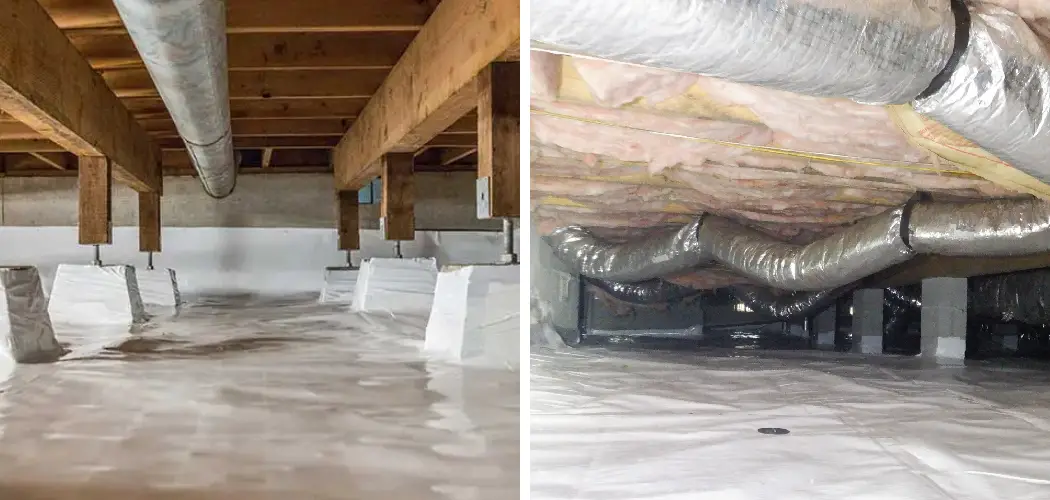Are you troubled by humidity and moisture under your house ruining the space? The lack of airflow and the poor insulation can create a breeding ground for mold, mildew, insects and other pests. It’s essential to take action as soon as possible to stop any further deterioration of your home’s structure or foundation. With proper sealing, ventilation and dehumidification techniques, you can get rid of that moisture under your house quickly once and for all!
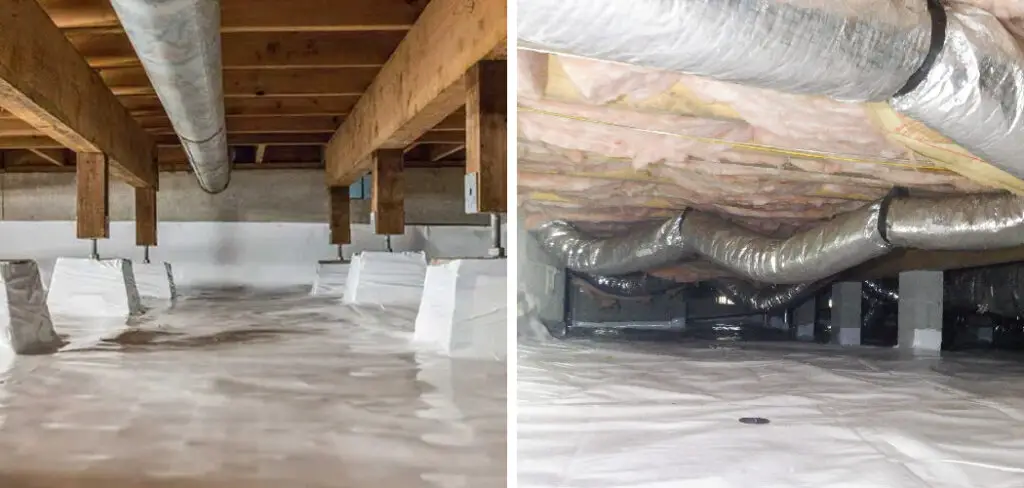
In this blog post we will discuss how to identify if there is an issue find out what’s causing it, some simple strategies on resolving it while keeping maintenance costs low. If you are looking for ways to get rid of moisture under your house, you’re in the right place. Moisture buildup around a home can cause major damage and structural problems as well as improper air flow and unhealthy indoor air quality–so it needs to be addressed quickly before bigger issues arise. So keep reading to learn more about how to get rid of moisture under house!
What Causes Moisture in House?
There are many reasons why moisture might build up under your house, from wet ground conditions to a leaky plumbing system. Some of the most common causes include:
1. Wet Ground Conditions
If the ground around your house is constantly wet or damp, this can contribute to moisture buildup under the foundation. To prevent this problem, make sure that your soil slopes away from your house and that rainspouts are installed properly so they don’t direct water towards the foundation.
2. Leaky Plumbing
If you have leaking pipes or a faulty plumbing system, this can cause excess moisture in your house. To prevent this problem, regularly inspect your pipes for leaks and ensure that you have proper drainage around your home.
3. Poor Ventilation
Inadequate ventilation is another common cause of moisture buildup under the foundation of your house. Without adequate ventilation, warm air from inside the house can easily become trapped under your foundation, leading to condensation and the accumulation of moisture. To avoid this problem, make sure that you have proper ventilation in your home and that any exhaust fans are properly installed.
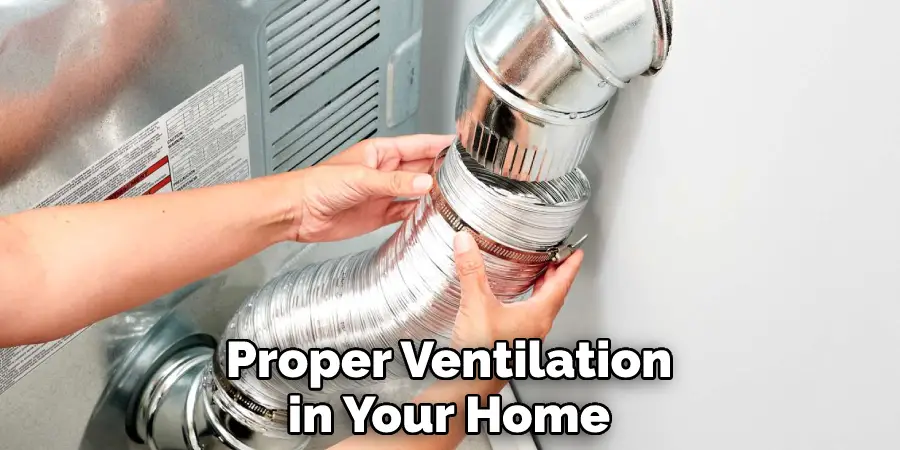
10 Ways About How to Get Rid of Moisture Under House
1. Installing a Dehumidifier
One of the most effective ways to get rid of moisture under your house is by installing a dehumidifier. These units work by extracting excess moisture from the air and turning it into liquid, which can then be discarded or stored in a water tank.
2. Installing Damp Proofing
Another useful way to prevent moisture from building up under your house is by installing damp proofing. This involves using special membranes and materials to seal off the area and prevent moisture from entering, so that it doesn’t spread to other parts of your home.
3. Using a Ventilation System
In order to keep moisture out of your basement or crawl space, it’s also important to install a ventilation system. This involves installing vents or fans that can help to circulate air and prevent moisture from building up in these areas.
4. Sealing Cracks and Gaps
If there are any cracks or gaps around your home, it’s important to seal them off as quickly as possible to prevent excess moisture from entering your house. You can use caulk or weather stripping to fill in these cracks and gaps, which will help to keep moisture out and prevent damage to your home.
5. Increasing Airflow
Another useful way to help get rid of moisture under your home is by increasing airflow. This can be done by opening windows and doors throughout your house, or by installing fans or vents in areas that are prone to moisture build-up.
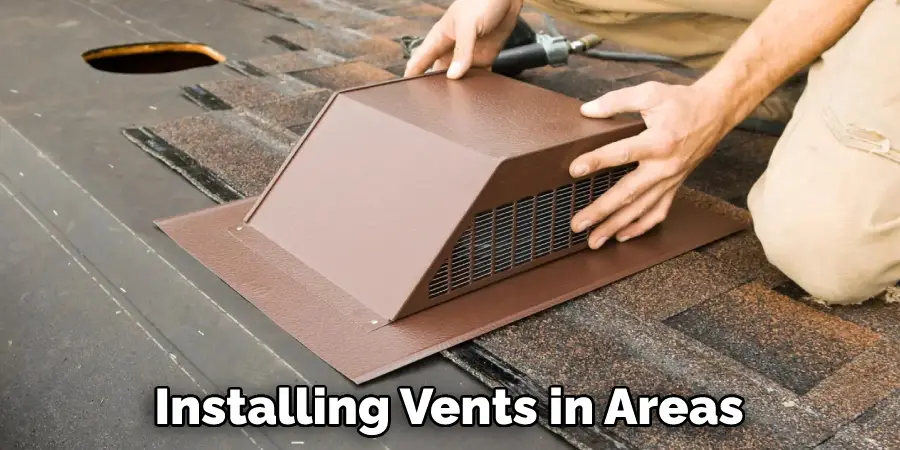
6. Clearing Debris from the Ground Around Your Home
In order to prevent excess moisture from entering your home, it’s also important to clear away any debris or vegetation that might be building up around the foundation of your house. This includes things like fallen leaves and tree branches, as well as other plants or grasses that could trap moisture near the base of your home.
7. Ensuring Proper Drainage
If you have any areas of your property that tend to accumulate water or collect moisture, it’s also important to make sure that they are properly draining. This can be done by installing gutters and downspouts on your home, as well as grading the ground around your house so that water flows away from the foundation.
8. Cleaning Up Regularly
In order to prevent moisture build-up under your home, it’s also important to make sure that you are regularly maintaining and cleaning up the area. This can involve things like sweeping up leaves or other debris on a regular basis, as well as keeping an eye out for visible signs of mold or mildew growth.
9. Keeping Your Home Well-Insulated
Keeping your home properly insulated is another important way to prevent moisture from building up under the structure of your house. This can involve things like installing weatherstripping around doors and windows, or adding insulation in areas where there isn’t enough.
10. Hiring Professionals for Help
If you are unable to get rid of moisture under your home on your own, it’s always a good idea to seek out the help of professionals. They can assess the area for any damage or moisture buildup, and offer effective solutions for getting rid of excess moisture in your crawl space or basement.
By following these tips, you can effectively get rid of moisture under your house and prevent serious damage to your home.
Some Additional Tips to Prevent Moisture Under House
1. Avoid Planting Trees Near Your House
While trees are a beautiful addition to any landscape, they can also trap moisture and humidity near your home, leading to the formation of mold and mildew. To prevent this from happening, try planting trees that are further away from your house.
2. Keep Gutters Clean
Clogged or damaged gutters can cause water to pool around your foundation, which can lead to moisture buildup under your house. To avoid this, make sure that your gutters are well-maintained and free of debris at all times.
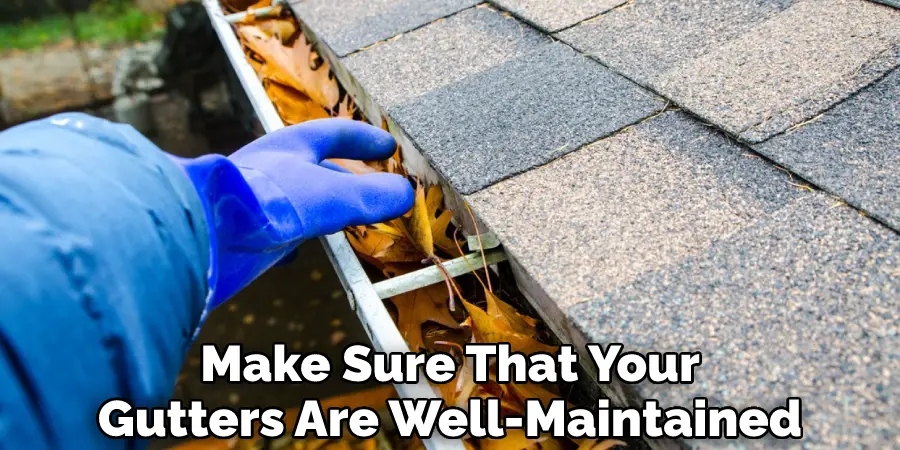
3. Install Gaps in Basement Walls
If you have a basement, try installing gaps between the wall and the floor to allow excess moisture to escape. These gaps can be easily installed or sealed, and will help to prevent moisture from accumulating under your home.
4. Check Your Roof and Foundation Regularly
Regularly inspecting your roof and foundation is another important step in preventing moisture under your house. Look for any signs of damage or leaks that could be causing excess water to accumulate, and take steps to repair these issues as soon as possible.
By taking these simple steps, you can help prevent moisture from accumulating under your home, and keep your space dry and comfortable all year long.
Frequently Asked Questions
What Precautions Should I Take When Removing Moisture Under My House?
One of the most important things to keep in mind when removing moisture under your house is to take all necessary precautions to protect yourself and your home from damage. This may include wearing protective clothing, such as gloves, safety goggles, and a mask or respirator, depending on the extent of the moisture and the materials involved.
You should also take care to ensure that any electrical outlets or wires in the area are properly covered or moved out of the way, as water and electricity are a dangerous combination.
Can I Use Direct Heat to Get Rid of Moisture Under My House?
While direct heat can be an effective method for removing moisture under your house, it is not always the best option. Because applying too much heat can cause changes in humidity or temperature that may damage the structure of your home, it is important to consult a professional before trying this approach. Some common methods of direct heat that may be used to remove moisture include blow dryers, hot clothes irons, or infrared heat lamps.
Do I Need Professional Help to Get Rid of Moisture Under My House?
Depending on the extent and severity of the moisture under your house, you may need the help of a professional in order to effectively remove it. Professional moisture removal services have the tools and expertise necessary to safely detect, locate, and eliminate moisture in your home.
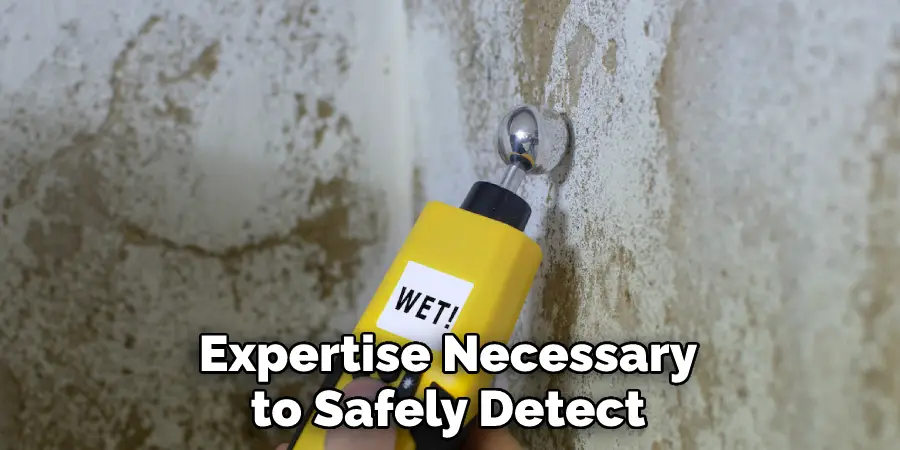
Some common signs that you may need professional help include a persistent odor of dampness or mildew in your home, visible mold growth on wood surfaces, peeling paint or wallpaper, or condensation build-up on walls or windows.
Conclusion
Now you know many ways about how to get rid of moisture under house, and the key is to be patient and consistent in your approach. By taking the time to properly address any sources of excess moisture and making a few small changes to your home, you can help keep the area under your house dry and comfortable for years to come.
The ways to get rid of moisture under your house are much simpler than you may have thought. Houseplants, opening windows, and using a dehumidifier can all help get the job done quickly and easily so that you can enjoy your home again without worrying about mold or rot. With a little bit of effort, you can say goodbye to moisture for good!

